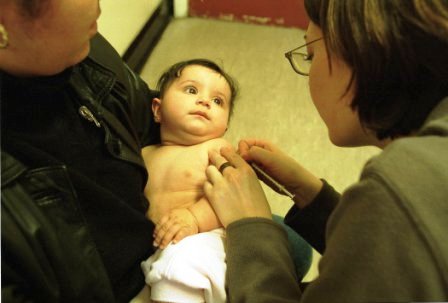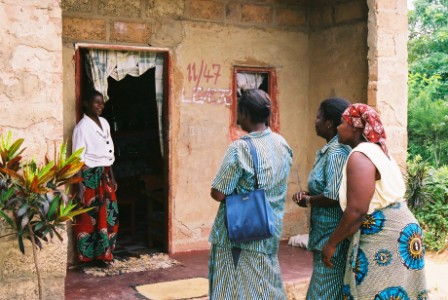As with all health conditions, prevention of TB is always better than a cure. Although there is no sure-fire way to completely prevent the spread of TB at this point in time, there are a number of measures that can be put in place to reduce the spread of the illness.
 The BCG vaccination
The BCG vaccination
The BCG (Bacille Calmette-Guérin) is a live vaccine against tuberculosis. The vaccine is prepared from a strain of the weakened bovine tuberculosis bacillus, Mycobacterium bovis.
The BCG is currently the only licensed vaccine against TB, and has been in use since 1921. It is one of the most widely used vaccines worldwide, yet we still see around 9 million new cases of TB annually – a testament to the BCG’s limited effectiveness.
The BCG is:
- 80% effective in preventing TB for 15 years
- more effective against complex forms of TB in children
- of limited effectiveness in people over the age of 35
- less effective when given in equatorial regions (due to high levels of naturally occurring environmental mycobacteria).
Early diagnosis
Early diagnosis and treatment is the most effective way to prevent the spread of tuberculosis.
A person with infectious tuberculosis can infect up to 10–15 other people per year. But once diagnosed with TB, and started on treatment, the majority of patients are no longer infectious after just two weeks of taking the medication.
 Case finding
Case finding
Limiting the spread of TB depends on successfully finding and treating people with the illness, to prevent them from passing it on to others.
This can be done through raising awareness of TB, so people with TB symptoms know to seek help. Outreach workers and volunteers also work within communities with high rates of TB to find people with symptoms and refer them for testing.
When someone is diagnosed with infectious TB, their close contacts are screened for the illness — this is known as contact tracing.
Managing your environment
As TB is an airborne infection, TB bacteria are released into the air when someone with infectious TB coughs or sneezes. The risk of infection can be reduced by using a few simple precautions:
- good ventilation: as TB can remain suspended in the air for several hours with no ventilation
- natural light: UV light kills off TB bacteria
- good hygiene: covering the mouth and nose when coughing or sneezing reduces the spread of TB bacteria.
In healthcare settings, the spread of TB is reduced through the use of protective masks, ventilation systems, keeping potentially infectious patients separate from other patients, and the regular screening of healthcare workers for TB.
A healthy immune system
Having a healthy immune system is the best form of defence against TB: 60% of adults with a healthy immune system can completely kill TB bacteria.
